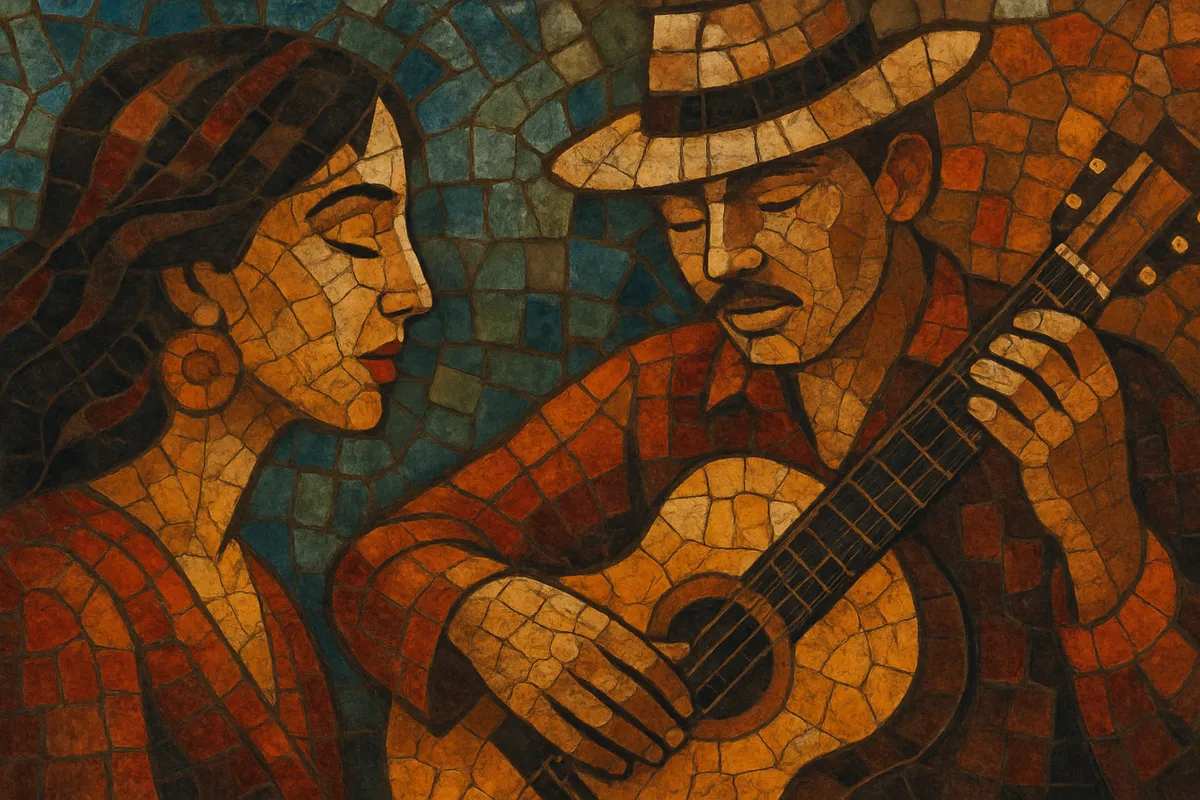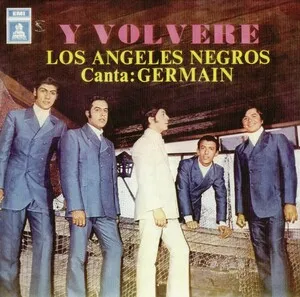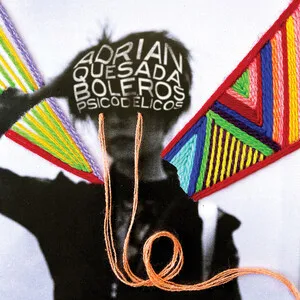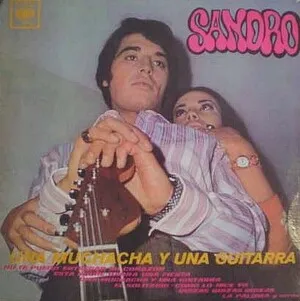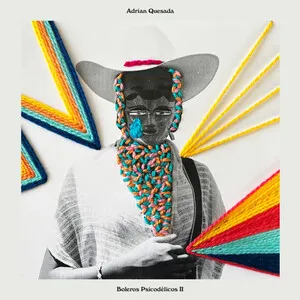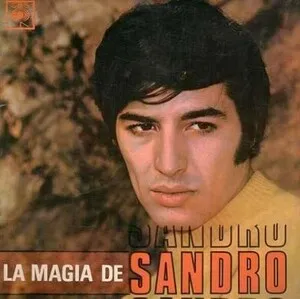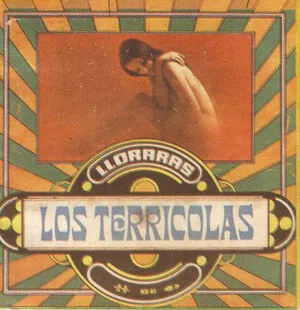Bolero-beat is a mid-1960s pop style that blends the romantic lyricism, harmonic language, and clave-derived motion of the bolero with the electric instrumentation, backbeat, and concise arrangements of beat groups.
The result is a tender, danceable ballad idiom: clean electric guitars (often tremolo-tinged), steady 4/4 drums emphasizing the 2-and-4 backbeat, maracas or light congas maintaining a tresillo feel, and lush vocal harmonies. Songs tend to focus on yearning, heartbreak, and idealized love while keeping the melodic sweetness of bolero within a youthful, British-Invasion-informed framework.
By the early 1960s, the bolero had long been a central vehicle for romance across the Spanish‑speaking world. At the same time, the British Invasion brought beat music’s compact song forms, electric guitars, and backbeat to Europe and the Americas. Bolero-beat emerged when Spanish and Latin acts adapted classic bolero melody and harmony to beat-group instrumentation.
Spanish labels and radio shows popularized guitar-driven arrangements of bolero standards and new compositions written in a bolero idiom. Producers and arrangers encouraged a polished, youth-oriented sound: gentle drums and bass carried a 4/4 backbeat, while maracas or congas preserved the bolero’s tresillo undercurrent. Teen idols and beat groups recorded bolero-style ballads that fit alongside yé‑yé and other contemporary pop.
Parallel currents took hold in Mexico, Chile, and elsewhere, where rock and pop groups crafted bolero-shaped ballads with modern rhythm sections and organs or strings. Late-1960s Chilean and Mexican bands, in particular, developed lush, amplified “bolero with band” aesthetics that connected directly with youth audiences and record-buyers.
By the turn of the 1970s, bolero-beat’s vocabulary flowed into the broader Latin ballad (balada) movement and Latin pop, modernizing romantic songcraft without severing ties to bolero tradition. Its soft electric textures, multi-part vocal arrangements, and gentle backbeats helped establish the sound palette for later Spanish and Latin romantic pop.

